
Over the last couple of months, Apple’s (AAPL) stock price has been buoyed by Wall Street’s belief that, at long last, a new segment-defining device was on its way. Last week Apple’s stock price finally rose back above its September 2012 peak. It would seem that, after a couple of years of uncertainty — the echo of Steve Jobs’ death, essentially — the stock market finally thinks that After years of rumors, leaks, and false starts, it seems the stars will finally swing into alignment this fall: Apple is will unveil an iWatch smartwatch alongside a new large-screen iPhone 6 at an event on September 9, according to the latest reports. Presumably the iWatch will also be released to the public alongside the iPhone 6 a week or two later. Previous rumors had pointed to an
×October unveil for the iWatch, but it seems×Apple has moved it forward — possibly in response to the Samsung Gear S, LG G Watch R, and the Moto 360, all of which will be released over the next month or two. Just as the iPhone and iPad popularized the smartphone and tablet, will the arrival of the iWatch signal the beginning of the wearable computing revolution?
×Apple is ready to do more than just squeeze its iPhone cash cow for billions of dollars in profits every quarter.
Ultimately, the big question is whether the iWatch will be a full-fat device that runs iOS 8 — or a companion device that perhaps runs a cut-down OS for improved battery life, and requires a nearby iPhone/iPad for connectivity and other heavy lifting. In either case, even in the wake of the 3G Samsung Gear S, I don’t think we’ll see a truly standalone iWatch with 3G/4G connectivity. If Apple does release an iWatch in September, I’m pretty certain that extended battery life will be one of the key differentiators that ×Apple offers over the×Android competition — and it just isn’t possible to offer 3G/4G and long battery life in a smartwatch form factor (yet).
Will the iWatch kickstart the wearable computing revolution? After Google Glass and Samsung’s early smartwatches have established a beachhead, will ×Apple swoop in and mop up the glory show everyone else how it’s done? I think it’s unlikely — I just don’t think battery, processor, and radio technologies are there yet – but I’m happy to be proved wrong. I think it’s much more likely that ×Apple is reacting to the competition, rather than tapping the same well of innovation that resulted in the iPhone and iPad. (The large-screen iPhones are reactionary rather than revolutionary, too.)
In my eyes, it is surprising that we know so little about the iWatch this close to its (apparent) release date. Bear in mind that the iWatch will reportedly appear alongside the iPhone 6 on September 9 — and while we know almost everything about the iPhone 6, we know nothing about the iWatch. If Apple really is gearing up to release the iWatch, there will be production lines in ×Chinaproducing millions of units right now. It’spossible that ×Apple and its manufacturing partners have somehow kept the iWatch production line completely locked down, but it seems unlikely.
In any case, I guess we’ll find out on September 9. The iWatch is expected to be unveiled alongside the iPhone 6, which will come in 4.7-inch and 5.5-inch flavors. Pricing is anybody’s guess right now, depending on whether it’s a full-fat iWatch or cut-down iBand — but somewhere between $200 and $400 sounds about right. Official invites to Apple’s September 9 event should be sent out in the next few days.














 Are the last chapters of the iPhone saga unfolding? Not by any stretch of imagination, if you ask the Apple faithful. Definitely starting, if you ask the Android challengers.
Are the last chapters of the iPhone saga unfolding? Not by any stretch of imagination, if you ask the Apple faithful. Definitely starting, if you ask the Android challengers.
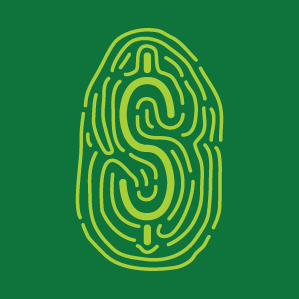
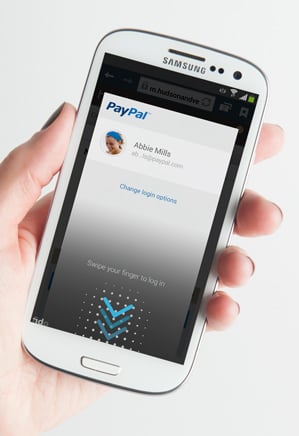

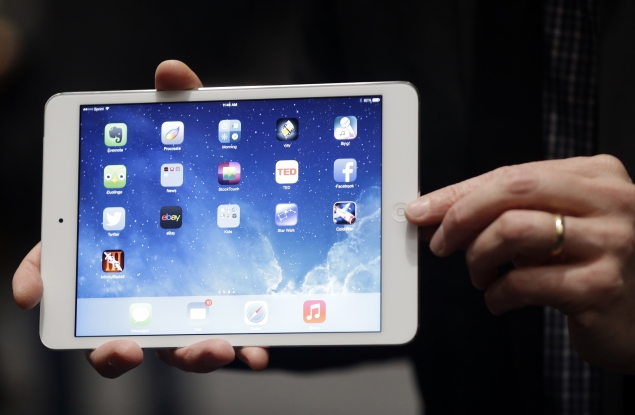
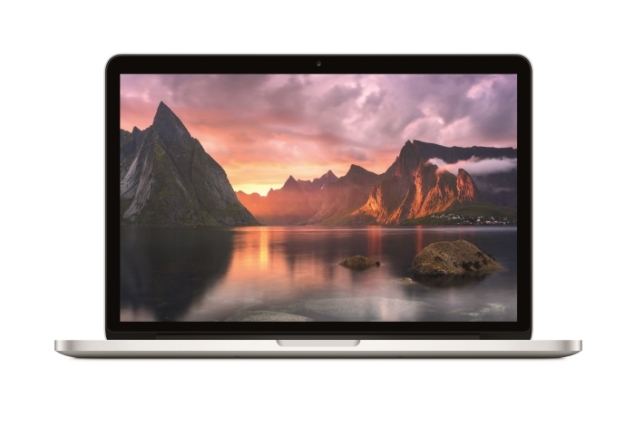

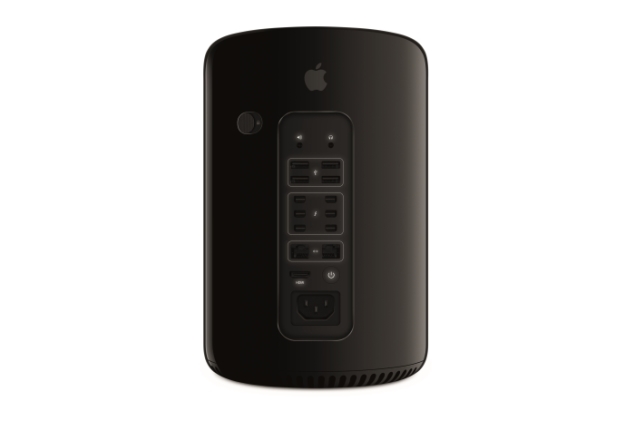

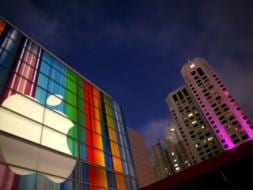

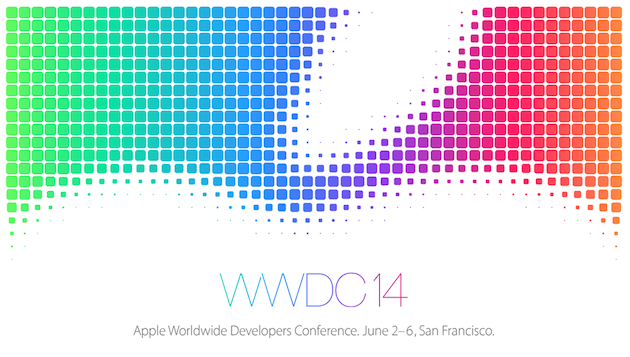
 \
\